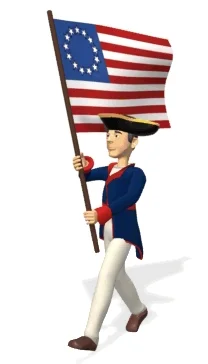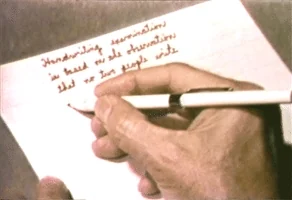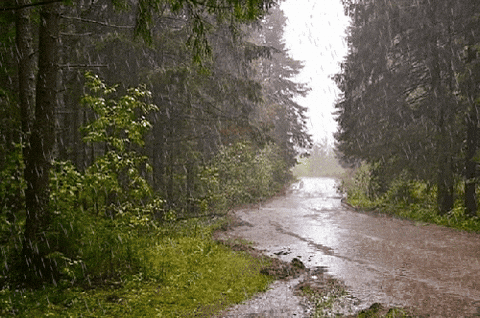For my resource this week I chose teachervision.com. This website is a great tool for the classroom when trying to incorporate cross-curricular learning into your lessons. The link above takes you to what they refer to as the theme library. Here, there are various sub-genres of Science, Social Studies, and Reading/Language Arts. For example, poetry, creative writing, plants, space, weather, American history, and immigration. While the website doesn't contain a link for the mathematics content area, if you click on some of the subgenres in the other content areas there will be resources and activities related to math. For example, the plant's tab under Science has resources titled: Plant Resources for Math Class. The website offers ideas for decorating bulletin boards related to content area topics, as well as seasonal activity lesson plans (like for Earth Day and President's Day, that are cross-curricular). I also love this website because it's free and allows you to filter your search by grade level. Cross-curricular learning is becoming more and more important as schools turn towards a more inclusive and progressive style of learning. Engineering a lesson that touches upon other content areas and ideas that students are learning about in other classes creates a more in-depth lesson and allows students to grasp a deeper understanding of the material.
WC:217






